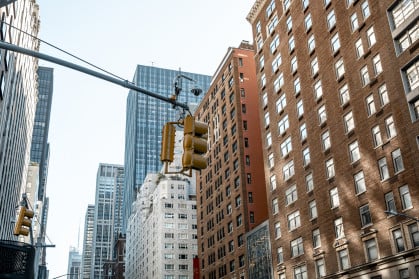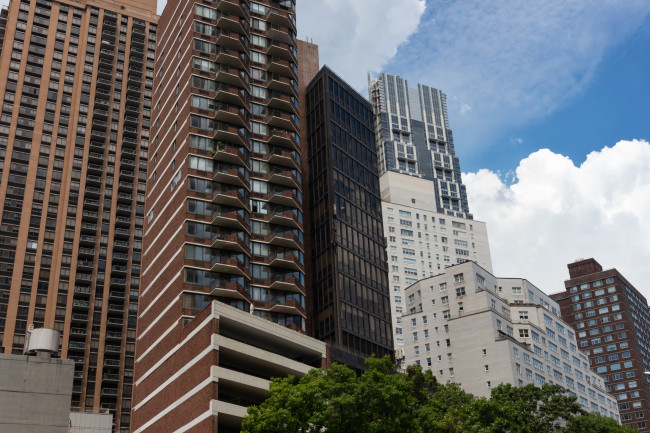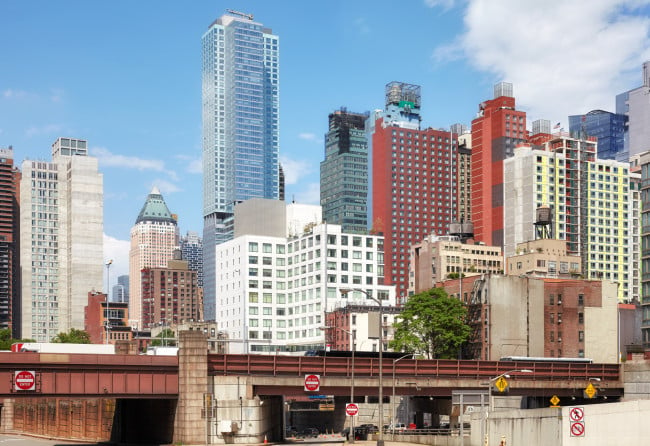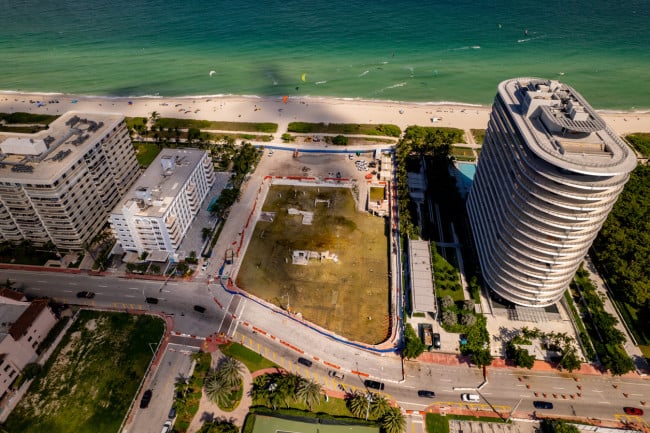- Fannie Mae maintains a list of co-op and condo buildings where it will not buy back loans
- The list has grown in recent years and is only shared with the agency's lending partners
- Two condo attorneys filed a FOIA request to make the list accessible to the public

There are about 40 NYC co-op and condo buildings on Fannie Mae's semi-secret "unavailable" for lending list, a number that could grow.
iStock
Fannie Mae’s semi-secret list of co-ops and condo buildings that are unavailable for lending amounts to “blacklisting” according to two attorneys who have sent Freedom of Information Act requests to Fannie Mae and its conservator, the Federal Housing Finance Agency.
Attorneys Ed Allcock and Stephen Marcus of Allcock & Marcus, which represents New England condo associations, want Fannie Mae to make the list publicly available so condo and co-op buildings can address the issues that landed them on the list. If the agency provides the list to them, they pledge to share it widely. Their request was first detailed in a column they wrote.
They sent the FOIA requests on April 25, which have been acknowledged by FHFA and expect a response by May 23rd. Fannie Mae declined to comment to Brick.
Allcock, a managing partner who has been a real estate attorney for 28 years, tells Brick keeping the list a secret from owners and shareholders appears to be at odds with Fannie Mae’s own goals.
“The whole point is to keep the economy moving,” Allcock says, describing the quasi-governmental agency as a “facilitator of the economy,” adding: “If you’re on the list you can’t resell or refinance with a conventional loan. That makes your unit less marketable.”
Case in point: Fannie Mae put a massive condo association, Third Laguna Hills Mutual in Orange County, California, on its unwarrantable list. The community of 6,102 condos and residences has a nearly $1 billion insurance deficit. That means buyers or owners who want to refinance no longer have accessible to cheap, conforming loans.
What is the Fannie Mae ‘unavailable list’?
As Brick previously reported, since 2022, more than 1,400 U.S. condo and co-op associations and buildings have been added to Fannie Mae’s list of buildings where it will not buy back loans. There are about 40 buildings in New York City on the list, a number that could grow exponentially when Local Law 97 fines begin in 2025.
Buildings can find themselves with the status “unavailable” for Fannie Mae’s lending partners if they don’t have a 10 percent reserve line item in their operating budget, are not compliant with Fannie Mae’s insurance requirements, have violations related to incomplete structural repairs, or investor-owned units exceed Fannie Mae’s maximum thresholds.
Fannie Mae’s list grew significantly as a result of temporary requirements introduced in response to the Surfside, Florida condo tower collapse in June 2021. Following that tragedy, Fannie issued new guidance to lenders taking away the option for condo buildings to get a reserve study instead of setting aside 10 percent of their annual operating budget every year to put toward their reserve fund.
Freddie Mac, the other quasi-government agency that buys back conforming loans, has similar guidance but does accept a reserve study in lieu of the reserve fund line item. Other lenders tend to follow Fannie and Freddie’s lead, which is why their rule changes can have seismic impacts.
“What happened in Florida was tragic,” Allcock tells Brick. “But that one event can’t shut everything down.”
Why is the Fannie Mae list not public?
Allcock says he believes the agency is likely being cautious in its requirements. “They want associations to care for their properties,” he says. To that end, they are being asked to have robust reserve funds, appropriate inspections, and adequate insurance.
But buildings are in the dark if they are noncompliant. When a buyer applies for a loan and a lender checks to see if the building is on the do-not-lend list—the buyer may get turned down, but the building is not notified, although it may find out informally via the buyer.
To that point, a Fannie Mae spokesperson previously told Brick, “As a secondary market participant, we believe that lenders are in the best position to have conversations with their customers about mortgage finance options for their home purchase and property eligibility requirements.”
Allcock also notes that the Federal Housing Administration has a list of properties that can’t get FHA loans, but that list is available to the public.
The role of the federal government
Part of the problem may be that Fannie Mae (and Freddie Mac) remain under the conservatorship of FHFA, in what was supposed to be a temporary response to the housing market collapse in 2008. Allcock suggests that the Federal government may be trying to protect the value of Fannie Mae.
But he argues that a government-sponsored agency should be transparent.
“If the Federal government is going to be involved in the market and telling banks they can’t lend to these places on a list they created but won’t tell you who is on the list—it seems ridiculous,” Allcock says.
“I would not expect the current administration to have an agency that is engaging in blacklisting,” he adds.
You Might Also Like
Sign Up for our Boards & Buildings Newsletter (Coming Soon!)
Thank you for your interest in our newsletter. You have been successfully added to our mailing list and will receive it when it becomes available.






















